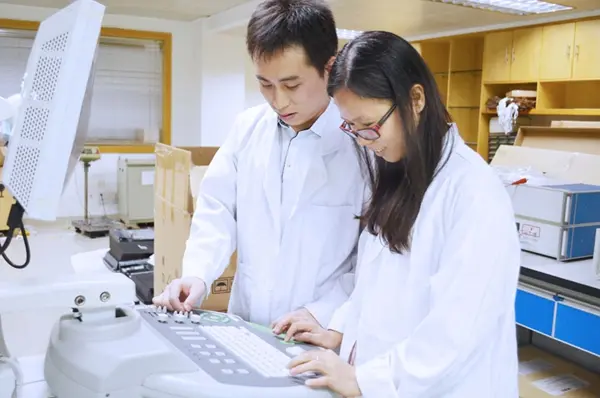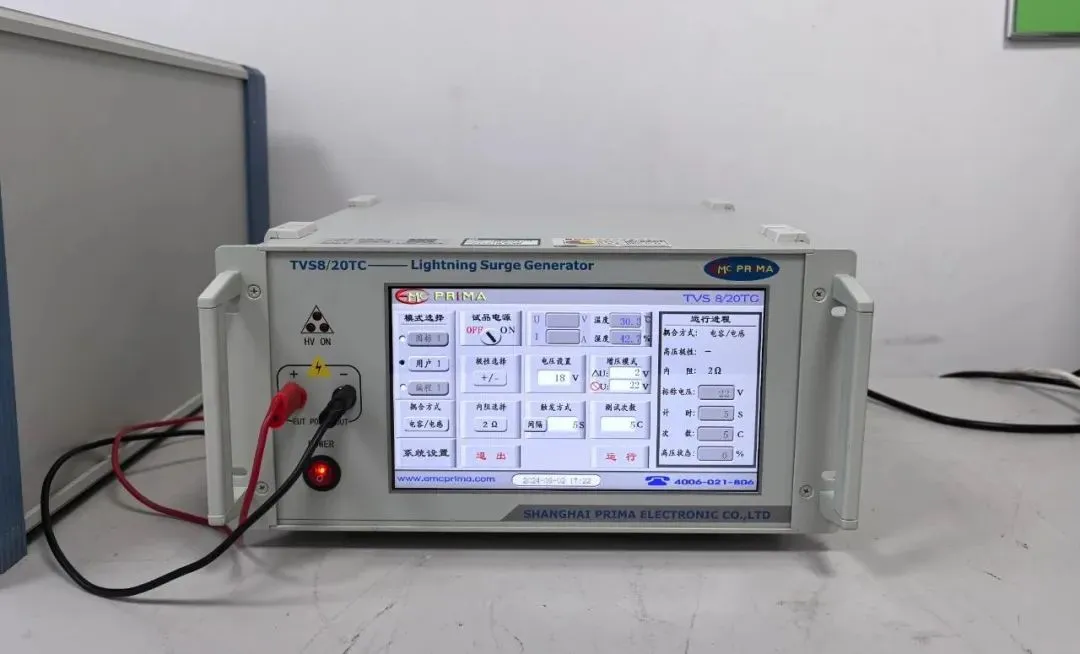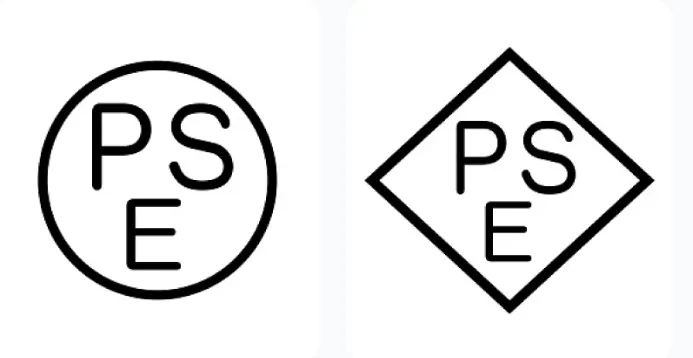
ISO 10993 Chemical Characterization
Many clients mistakenly believe that cheMICal characterization of medical device materials is simply "sending samples for testing." This is a very wrong understanding. Chemical characterization of medical device materials is a logically rigorous and systematic engineering process, which requires integration of scientific methods, regULatory requirements, and risk management thinking.
In our daily consulting projects, the technical school represented by Nande often likes to challenge two technical points: one is usability verification, and the other is chemical characterization, which we will discuss today.

Understanding the True Meaning of Chemical Characterization
1. Why Do We Need to Perform Chemical Characterization?
1) Regulatory Compliance Requirements
The MDR (2017/745) explicitly requires manufacturers to chemically characterize medical device materials to demonstrate conformity with biocompatibility (Annex I, 10.4) and chemical safety (Annex II, 10.3). Without chemical characterization, you cannot provide objective evidence for these items when completing the GSPR checklist.
2) Basis for Biocompatibility Assessment
Chemical characterization is the prerequisite for biocompatibility testing (ISO 10993 series). By identifying material components, leachables, and degradation products, potential toxic risks (such as carcinogenicity and sensitization) can be evaluated. Therefore, chemical characterization must be completed before biocompatibility testing can be scientifically arranged.
Why does Nande reject many domestic laboratories’ biocompatibility test reports? Because auditors cannot see the correlation between chemical characterization and biocompatibility tests, thus fundamentally rejecting those test reports. Of course, they do not explicitly say the reports are fake, but that is the implication.
3) Risk Management Needs
Helps identify harmful chemicals that may be released from materials (e.g., plasticizers, residual monomers, heavy metals), thus REDucing risks during the design phase.
4) Material Consistency Control
Ensures stability of raw materials and processes during production, preventing uncontrollable risks caused by batch-to-batch variation.
2. Complete Process of Chemical Characterization
Step 1: Collection of Material Information & Assessment Planning
Key Inputs:
1. Establish a list of all materials contacting the human body (e.g., polymers, metals, coatings).
2. Obtain complete MSDS or formulation statements from suppliers.
3. Review the entire product manufacturing process (e.g., injection molding, sterilization methods).
4. Define device usage conditions clearly (temperature, contact medium, duration).
Outputs:
An assessment plan clarifying objectives, methods, and acceptance criteria.
(Note: It’s strongly recommended to communicate this plan with the testing laboratory and, if possible, the notified body beforehand.)
Step 2: Sample Preparation (ISO 10993-12/18)
Principle: Simulate worst clinical conditions such as high temperature and long extraction time.
Methods:
Extraction media selection:
For polar materials (e.g., PVC): physiological saline or cell culture media.
For non-polar materials (e.g., PE): cottonseed oil or ethanol/water mixtures.
Extraction conditions:
Temperature: 37°C (simulate the human body) or higher for accelerated extraction.
Duration: should cover the clinical exposure time, e.g., 72 hours to represent long-term contact.
Step 3: Analytical Testing and Method Selection
Use multiple complementary techniques for cross-validation:
1. FTIR (Infrared Spectroscopy):Identify main functional groups of materials (ISO 10993-18).
2. GC-MS:Detect volatile organic compounds, such as ethylene oxide residues and plasticizers (ISO 10993-13/17).
3. LC-MS:Analyze semi-volatile/non-volatile organic compounds like antioxidants (ISO 10993-18).
4. ICP-MS:Measure metal ions such as lead, cadmium, nickel (ISO 10993-15/17).
5. SEM-EDS:Analyze surface element distribution and foreign materials (ISO 10993-19).
Special cases:
Biodegradable materials require additional testing of degradation products, for example, HPLC analysis of polylactic acid hydrolysis products.
Nanomaterials need characterization of particle size distribution (Dynamic Light Scattering, DLS) and surface charge.
Step 4: Data Interpretation and Toxicological Assessment
Threshold approach:
Calculate daily exposure of leachables and compare with toxicological concern thresholds (TTC), such as 0.15 μg/day for genotoxic substances.
Structure-Activity Relationship (SAR):
Use QSAR software (e.g., Toxtree) to predict toxicity of unknown substances.
Report output:
Clearly specify substances requiring further biological testing (e.g., genotoxicity tests for those exceeding thresholds).
3. Common Misconceptions and Solutions
Misconception 1: “Sending samples equals task completion”
Problem: No involvement in method design, resulting in data that does not meet regulatory standards.
Solution:
1. Engage from the start in method design and communicate clearly with the laboratory about materials, device usage conditions, and detection sensitivity requirements (e.g., FDA requires detection limits ≤ 1/10 of TTC).
2. Request method validation reports (spike recovery, precision, detection limits).
Misconception 2: Ignoring impact of material processing
Problem: Testing only raw materials, ignoring chemical changes after sterilization (e.g., ethylene oxide residues) or aging.
Solution:
1. Test finished products, not just raw materials.
2. Perform re-testing after accelerated aging (e.g., high temperature and humidity).
Misconception 3: Insufficient data depth
Problem: Only qualitative analysis (e.g., FTIR) without quantification of risk substances.
Solution:
1. Quantify high-risk substances such as phthalates.
2. Use semi-quantitative screening (e.g., LC-MS full scan) for unknown substances.
3. Relate chemical data to clinical exposure scenarios (e.g., cumulative release for reusable devices).
4. Summary: Key Success Factors in Chemical Characterization
1. Scientific Strategy:Design test plans based on device risk instead of a “one-size-fits-all” approach.
2. Technical Rigor:Use multiple techniques and validate methods to ensure reliable data.
3. Certified Laboratories:Avoid cheap and unreliable labs; reputable labs may cost more but guarantee quality.
Note:For detailed chemical characterization test plan templates or lab selection guides, please contact China JJR Laboratory.
Email:hello@jjrlab.com
Write your message here and send it to us
 New METI Registration Regulations in Japan
New METI Registration Regulations in Japan
 Attention for Amazon Japan Sellers: New PSE Regula
Attention for Amazon Japan Sellers: New PSE Regula
 Compliance with Japanese Representative & METI
Compliance with Japanese Representative & METI
 ZigBee-LoRa-Z-Wave Product compliance testing
ZigBee-LoRa-Z-Wave Product compliance testing
 Compliance Testing for FM/AM/DAB/DMB Broadcast Rec
Compliance Testing for FM/AM/DAB/DMB Broadcast Rec
 NFC/RFID Product Compliance Testing
NFC/RFID Product Compliance Testing
 IEC 62368 Safety Standards Test Items and Requirem
IEC 62368 Safety Standards Test Items and Requirem
 How to Obtain EU EN 62368 Compliance Certification
How to Obtain EU EN 62368 Compliance Certification
Leave us a message
24-hour online customer service at any time to respond, so that you worry!




